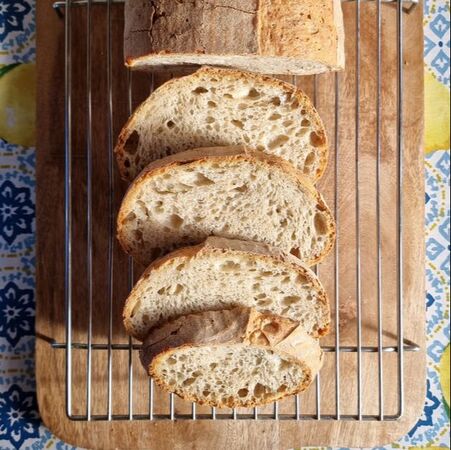|
You can't beat a classic focaccia Genovese, a typical Ligurian speciality. A perfect balanced consistency, crunchy and golden all around and nice and soft in the middle.
0 Comments
The flavour of the sage and the butter, with the umami of the cheese and the acidity of the lemon works so well all together. Butter, Sage and Lemon Spaghetti, a pasta that you'll fall in love with it!
One of Italy's most iconic dishes, Parmigiana. Layers of aubergine, Parmesan, mozzarella and sweet tomato sauce make this dish one of my absolute favourites, it's comfort food at its best.
When zucchini are in season and so are the zucchini flowers this becomes the perfect seasonal snack! You can add them to your risotto, you pasta dishes or make a great starter like this one!
Once you have a vibrant and bubbly sourdough starter at the ready, we can start our journey of crafting our Rosemary Sourdough bread. The addition of aromatic rosemary not only adds a fragrant twist but also complements the tanginess of the sourdough.
Throughout this recipe, we will guide you through each step with detailed instructions, ensuring that your Rosemary Sourdough bread turns out beautifully. From mixing the ingredients and kneading the dough to patiently waiting for the fermentation process to work its magic, the rewards will be well worth the effort. |





